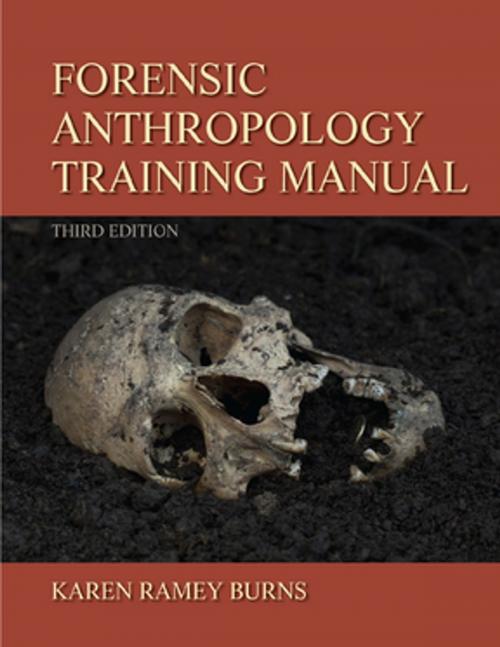Forensic Anthropology Training Manual
Nonfiction, Social & Cultural Studies, Social Science, Anthropology| Author: | Karen Ramey Burns | ISBN: | 9781317348283 |
| Publisher: | Taylor and Francis | Publication: | September 7, 2015 |
| Imprint: | Routledge | Language: | English |
| Author: | Karen Ramey Burns |
| ISBN: | 9781317348283 |
| Publisher: | Taylor and Francis |
| Publication: | September 7, 2015 |
| Imprint: | Routledge |
| Language: | English |
Provides basic information on successfully collecting, processing, analyzing, and describing skeletal human remains.
Forensic Anthropology Training Manual serves as a practical reference tool and a framework for training in forensic anthropology.
The first chapter informs judges, attorneys, law enforcement personnel, and international workers of the information and services available from a professional forensic anthropologist. The first section (Chapters 2-11) is a training guide to assist in the study of human skeletal anatomy. The second section (Chapters 12-17) focuses on the specific work of the forensic anthropologist, beginning with an introduction to the forensic sciences.
Learning Goals
- Upon completing this book readers will be able to:
- Have a strong foundation in human skeletal anatomy
- Explain how this knowledge contributes to the physical description and personal identification of human remains
- Understand the basics of excavating a grave, preparing a forensic report, and presenting expert witness
- testimony in a court of law
- Define forensic anthropology within the broader context of the forensic sciences
- Describe the work of today’s forensic anthropologists
Provides basic information on successfully collecting, processing, analyzing, and describing skeletal human remains.
Forensic Anthropology Training Manual serves as a practical reference tool and a framework for training in forensic anthropology.
The first chapter informs judges, attorneys, law enforcement personnel, and international workers of the information and services available from a professional forensic anthropologist. The first section (Chapters 2-11) is a training guide to assist in the study of human skeletal anatomy. The second section (Chapters 12-17) focuses on the specific work of the forensic anthropologist, beginning with an introduction to the forensic sciences.
Learning Goals
- Upon completing this book readers will be able to:
- Have a strong foundation in human skeletal anatomy
- Explain how this knowledge contributes to the physical description and personal identification of human remains
- Understand the basics of excavating a grave, preparing a forensic report, and presenting expert witness
- testimony in a court of law
- Define forensic anthropology within the broader context of the forensic sciences
- Describe the work of today’s forensic anthropologists















